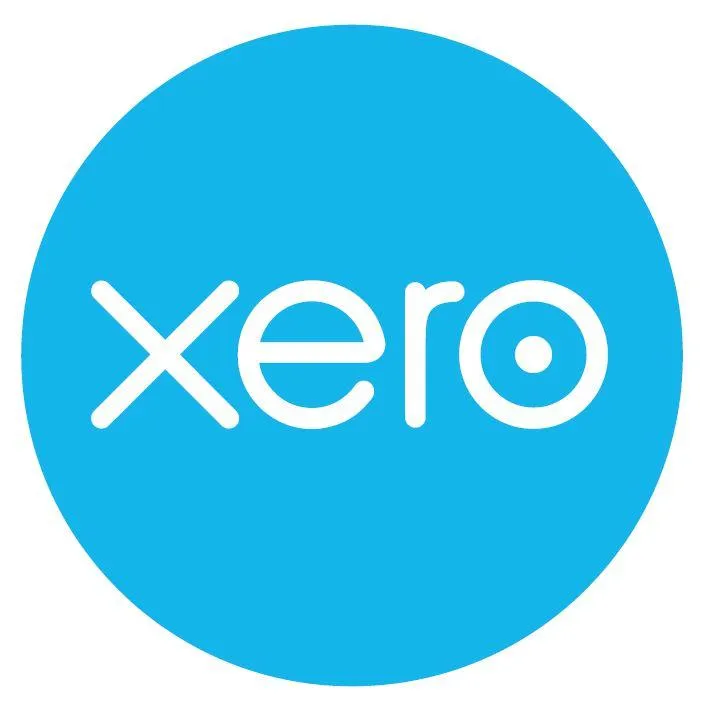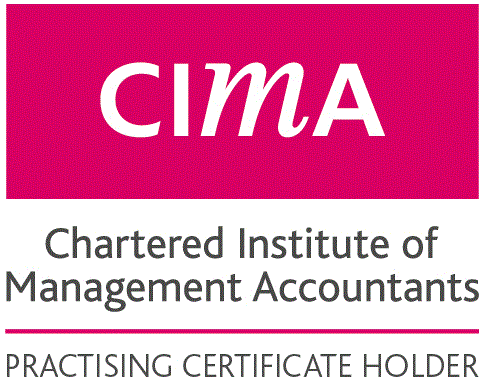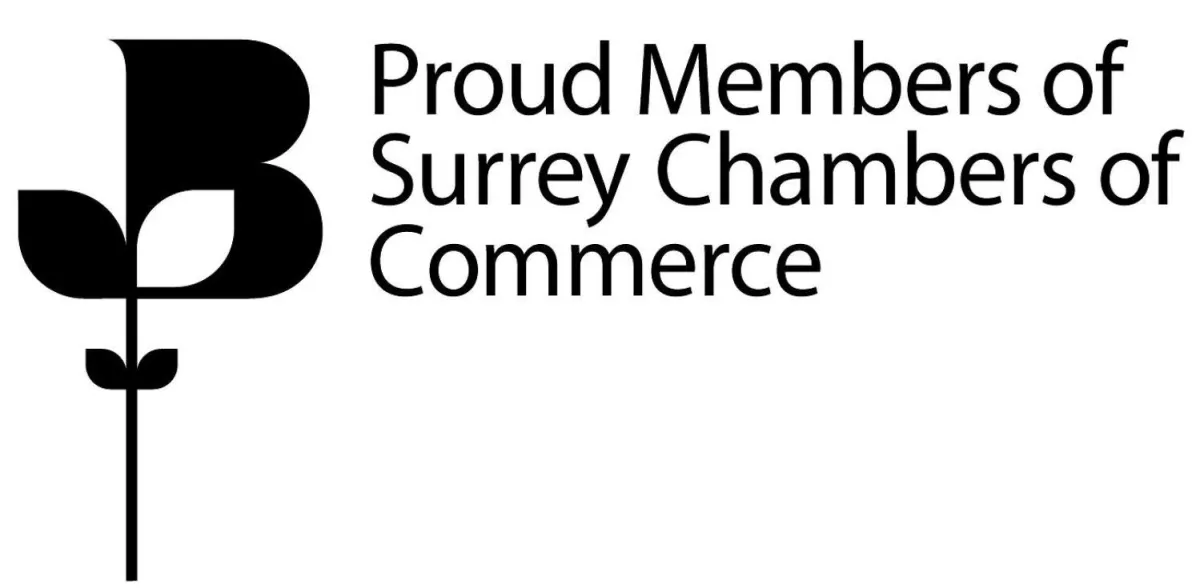

What Each Expense Categorisation Means in Xero (and How to Do Your Bookkeeping Right)
If you’ve ever sat staring at a receipt in Xero wondering which category it belongs in, this blog is for you. Getting expense categorisation right can feel overwhelming at first, but it’s one of the most important habits you can build for clean, compliant accounts.
This blog breaks down what each expense categorisation means in Xero, when to use it, and how it affects your books. By the end, you’ll have a clear understanding of how to use bookkeeping Xero properly, so you’re not left panicking at year-end.
1. Why Expense Categorisation Matters in Xero
It’s tempting to think: “As long as I upload receipts and my accountant can sort it, I’m fine.” But that approach can cost you money, time, and stress.
Here’s why categorisation matters:
Accurate reporting → Mis-categorised expenses skew your profit and loss, making it harder to track performance.
Tax compliance → Some costs are fully deductible, others are partially deductible, and some aren’t deductible at all. Wrongly categorising them could mean under- or over-paying tax.
Cash flow management → Grouping expenses properly helps you see what’s draining cash (subscriptions? travel? equipment?).
Smooth accountant handover → Clean records mean fewer queries, lower accountancy fees, and fewer January panics.
In short, mastering bookkeeping Xero isn’t about being a perfectionist, it’s about saving yourself hassle and building a reliable picture of your business.
2. The Main Expense Categories in Xero Explained
Let’s walk through the key categories you’ll see in your Xero chart of accounts and what they mean in practice.
Travel & Motor Expenses
Use this for:
Train, bus, or taxi fares.
Mileage claims (business-related, not commuting).
Fuel for company cars or vans.
Parking costs (not fines).
Note: Commuting to and from your usual workplace doesn’t count as a business journey. HMRC won’t allow you to claim this, so keep it strictly business travel.
Meals & Entertainment
Covers things like:
Meals with clients (partially allowable).
Team lunches and staff social events (Christmas parties, staff welfare).
Refreshments at business meetings.
Note: HMRC is picky about this. Entertaining clients is often not tax-deductible, but staff-related expenses usually are. Xero allows you to tag these clearly, making it easier to separate them at year-end.
Office Expenses
This is your “day-to-day running costs” bucket:
Stationery
Postage
Printer ink
General supplies.
Tip: Keep software subscriptions (like Canva or Xero itself) separate under “Software” for cleaner reporting.
Software & Subscriptions
A common expense for modern businesses. Use it for:
Xero, QuickBooks (if you’re running dual).
Adobe, Canva, project management tools.
Cloud storage (Google Workspace, Microsoft 365, Dropbox).
This helps you see exactly how much you’re spending on digital tools which a cost that creeps up fast if you’re not tracking it.
Advertising & Marketing
Use this for:
Social media ads.
Google ads.
Website costs (hosting, domains, SEO tools).
Promotional material (flyers, branded pens).
Tip: Separate “Advertising & Marketing” from “Entertainment.” Buying Facebook ads is tax-deductible. Taking a potential client to a football match? Not so much.
Rent, Utilities & Office Costs
If you rent office space, this category covers:
Rent.
Business rates.
Gas, electricity, and water (for office premises).
Working from home? Instead of putting your household bills here, claim the HMRC simplified expense rate or the percentage split your accountant advises. Don’t dump personal utilities into Xero, it’ll cause confusion.
Professional Fees
For payments to:
Accountants
Bookkeepers
Solicitors
Consultants
This keeps professional support costs separate so you can see exactly what you’re investing in outside expertise.
Bank Charges & Interest
For:
Bank account fees.
Credit card interest.
Loan interest.
Merchant fees (Stripe, PayPal, SumUp).
Tip: Keep merchant processing fees here, not under “Sales Discounts.” It gives a clearer view of your actual gross sales vs fees.
Wages, Salaries & Staff Costs
Use this category for:
Staff salaries.
Employer’s NIC and pension contribution
Payroll costs.
Note: If you’re a sole trader taking drawings, don’t post them here, your accountant will guide you to “Owner’s Equity” instead. This is one of the most common mistakes people make in bookkeeping Xero.
Training & Development
Covers courses, workshops, and books directly linked to improving business skills. For example, a marketing masterclass is fine; your pottery hobby course isn’t.
Insurance
Business-related insurance only:
Professional indemnity.
Public liability.
Employers’ liability.
Office contents.
Personal insurance policies shouldn’t go here unless they’re strictly business-related.
3. Common Mistakes When Categorising Expenses
Even experienced business owners slip up with bookkeeping Xero. Here are the biggest ones:
Dumping everything into “General Expenses” → It makes reports meaningless. Always try to allocate costs accurately.
Mixing personal and business → Keep your bank accounts separate. If you do use personal funds, record it as “Owner’s funds introduced” instead of an expense.
Wrongly claiming client entertainment → It feels deductible, but HMRC disagrees. Label it correctly so your accountant can exclude it.
Misposting subscriptions → Subscriptions aren’t “Office Expenses.” Keeping them separate helps spot growing costs.
Not splitting VAT → If you’re VAT registered, categorise with VAT codes. Entering gross figures in the wrong place means you’ll miss out on reclaiming VAT.
4. How to Use Xero Features to Categorise More Accurately
Xero is designed to make expense categorisation easier once you set it up properly. Here’s how to get the most out of it:
Bank rules → Set up recurring rules for expenses like Zoom or Google Workspace so they auto-categorise.
Tracking categories → Create custom tags like “Project A” or “Department” to drill into costs beyond standard accounts.
Repeating bills → Automate monthly subscriptions so they never slip through.
Receipts app → Snap photos of receipts and Xero will suggest categories based on your past actions.
Chart of accounts customisation → Tailor your categories to fit your business. Don’t just stick with the default.
5. Best Practices for Expense Categorisation
To really nail bookkeeping Xero, follow these habits:
Do it weekly → Don’t leave categorisation until month-end. Ten minutes a week saves hours later.
Stay consistent → Always post the same supplier to the same category. Consistency beats perfection.
Use accountant-approved categories → If in doubt, ask your accountant how they’d like something coded.
Review monthly → Run your P&L in Xero, scan for odd entries (e.g., stationery at £500). Fix mis-posts early.
Keep backup records → Attach invoices to transactions in Xero. HMRC requires records to be kept for at least six years.
6. FAQs Around Categorisation in Xero
Q: Can I create my own expense categories?
Yes. Customise the chart of accounts to reflect your business, but don’t go overboard. Too many categories = messy reports.
Q: What if I don’t know where something belongs?
Use “Ask Accountant” in Xero or create a temporary “Suspense” account. Then clear it once clarified.
Q: How detailed should I be?
Detailed enough to see patterns (e.g., software vs office supplies), but not so detailed it slows you down.
Expense categorisation isn’t just a boring admin task, it’s the foundation of good financial management. By understanding what each category means in Xero and using the tools built into the software, you’ll save time, reduce stress, and have cleaner records for both tax and decision-making.
Getting bookkeeping Xero right means:
Fewer surprises at tax time.
More useful reports to grow your business.
Lower accounting bills.
Categorise weekly, lean on bank rules, and keep things consistent. If you’re ready to outsource your books to Xero professionals, please get in touch today.

FREE DOWNLOADS
A-Z of allowable business expenses
Download your A-Z guide of allowable business expenses.
Financial Housekeeping For Your Small Business
Download your guide to Financial Housekeeping For Your Small Business - ideal for start ups and early stage businesses
How to Scale Up your Business: Tips and Strategies for Success
Download your guide to How to Scale up your Business - ideal for slightly more established businesses that want to grow and scale their business
Don't want the guide?
But do want our regular email filled with tips and insights into business and how to maximise profit and grow your business?
Click here

Ready to take the stress out of finance?

Not quite ready to commit to a long term contract ? Book a value packed Power Hour for now at £180 Inclusive of VAT.






© 2023 All Rights Reserved | Sterling Financial Management Reg No 9780783,
Accounting, Bookkeeping and Business Advisory based in Dorking Surrey RH4 2JF
Reg Office : 71-75 Shelton Street, Covent Garden, London, WC2H 9JQ